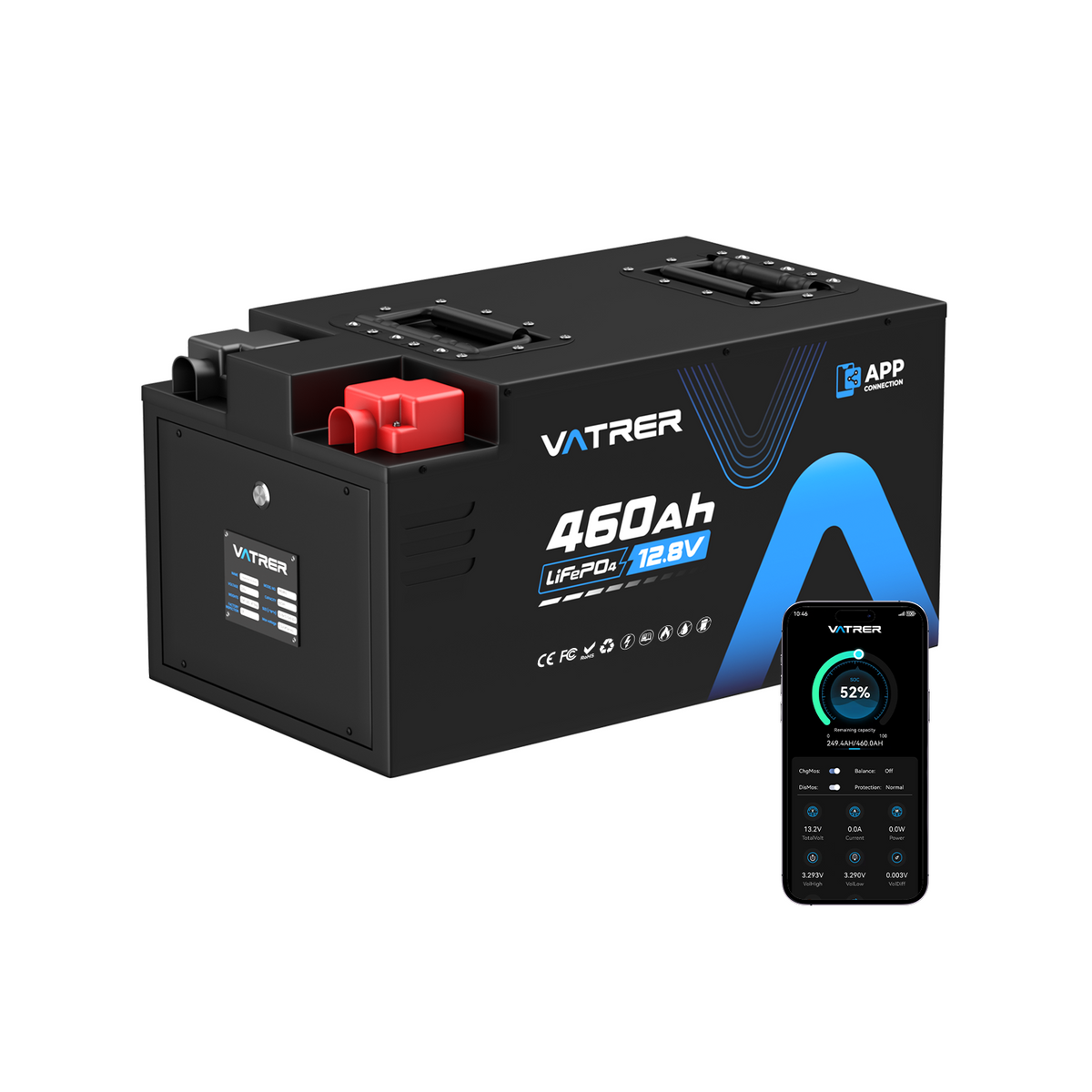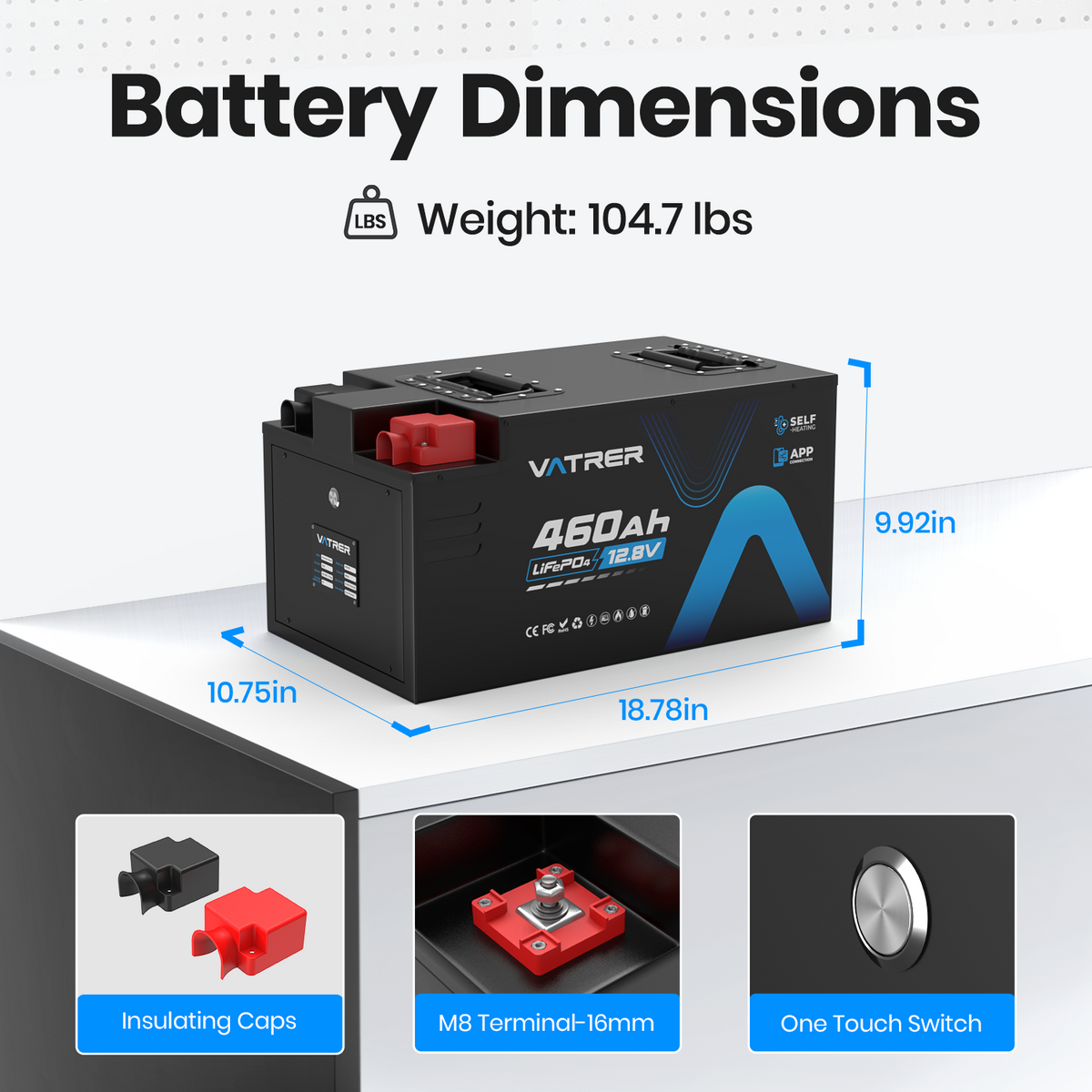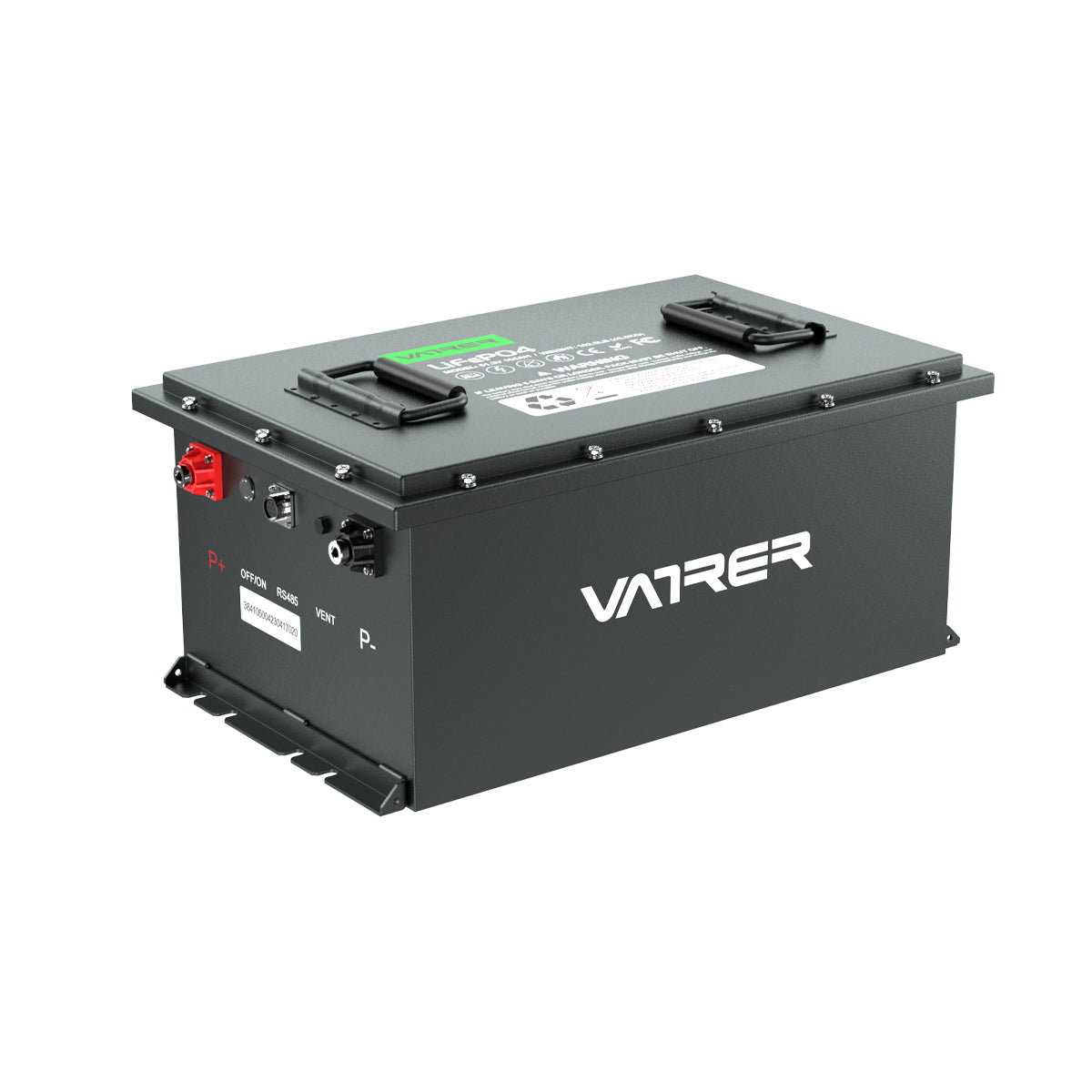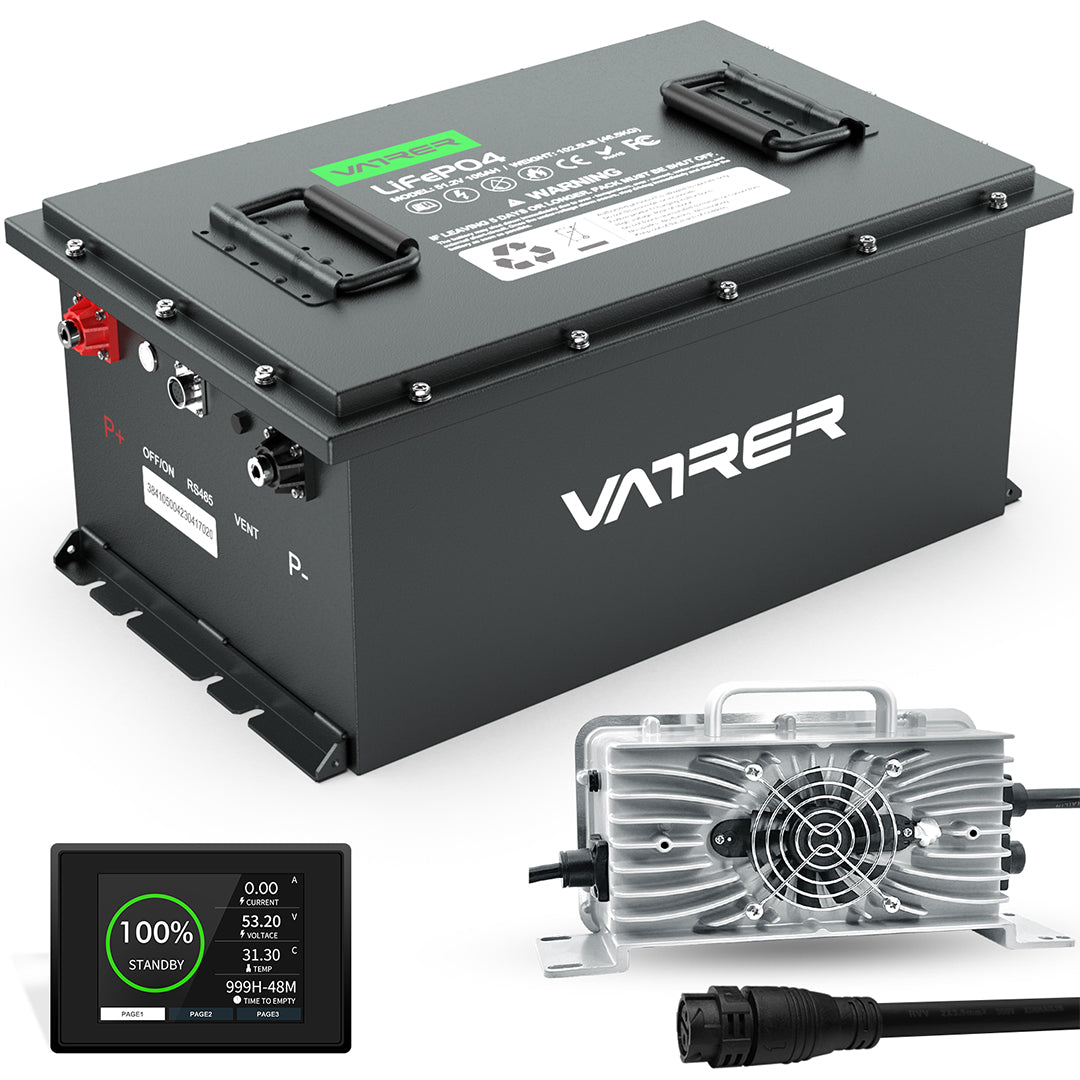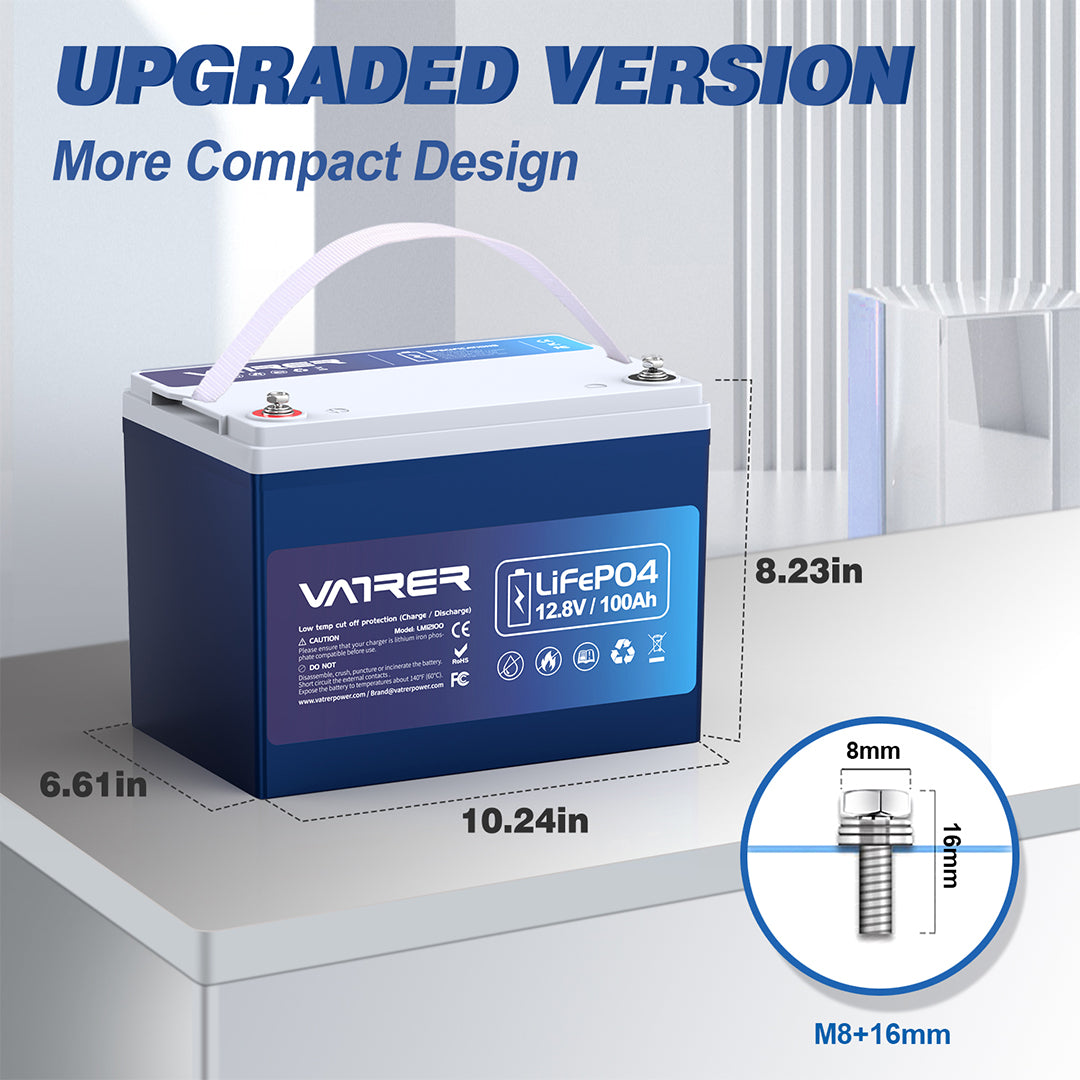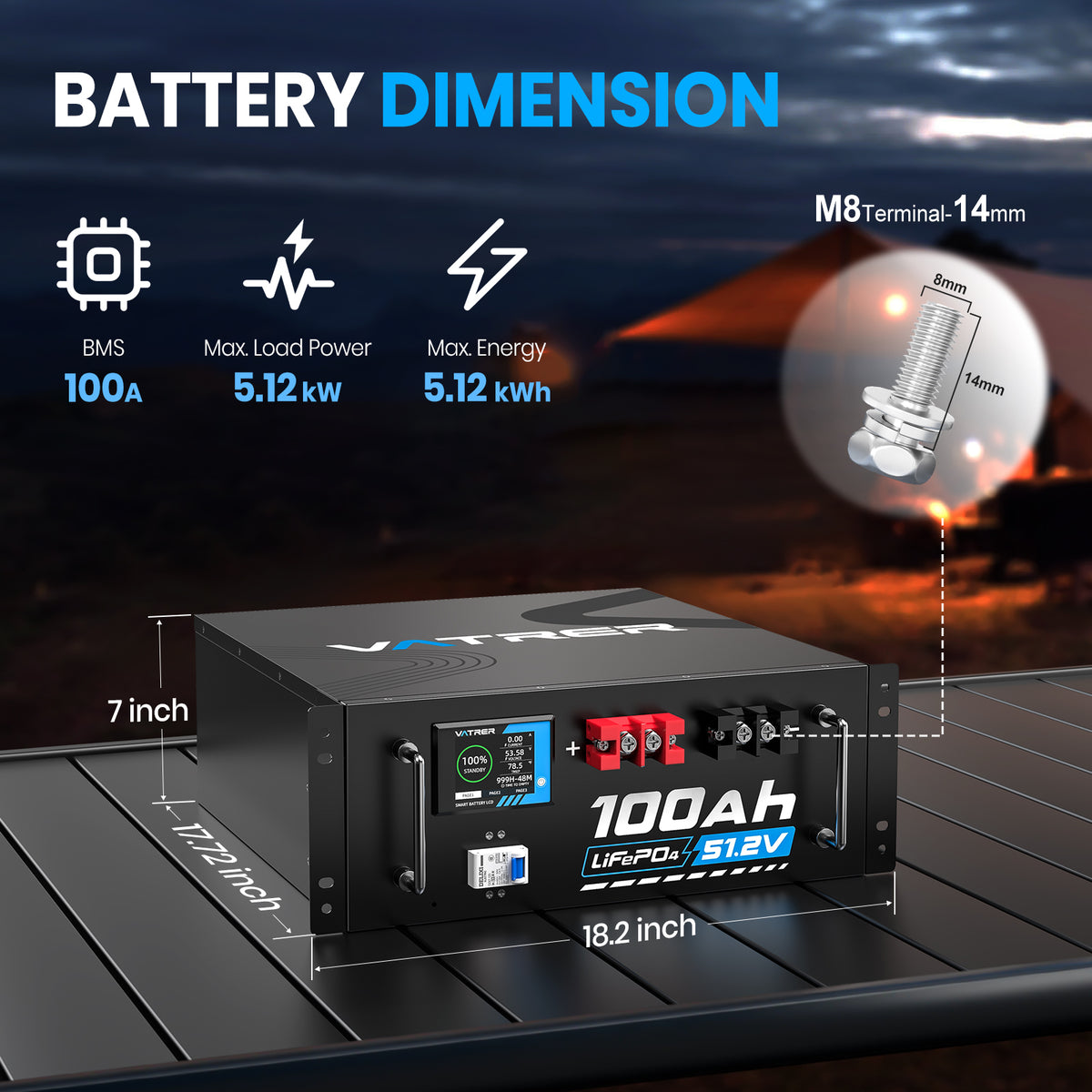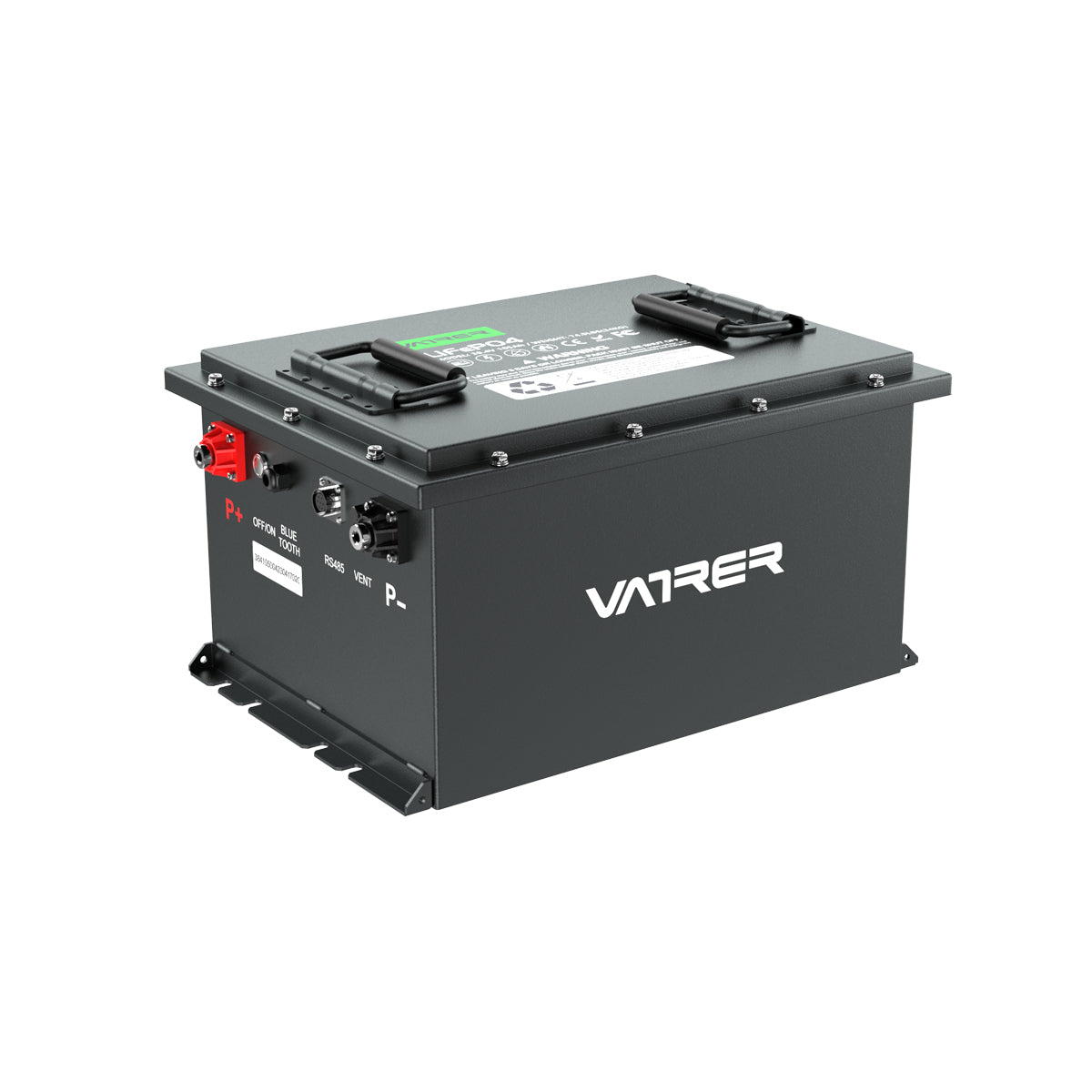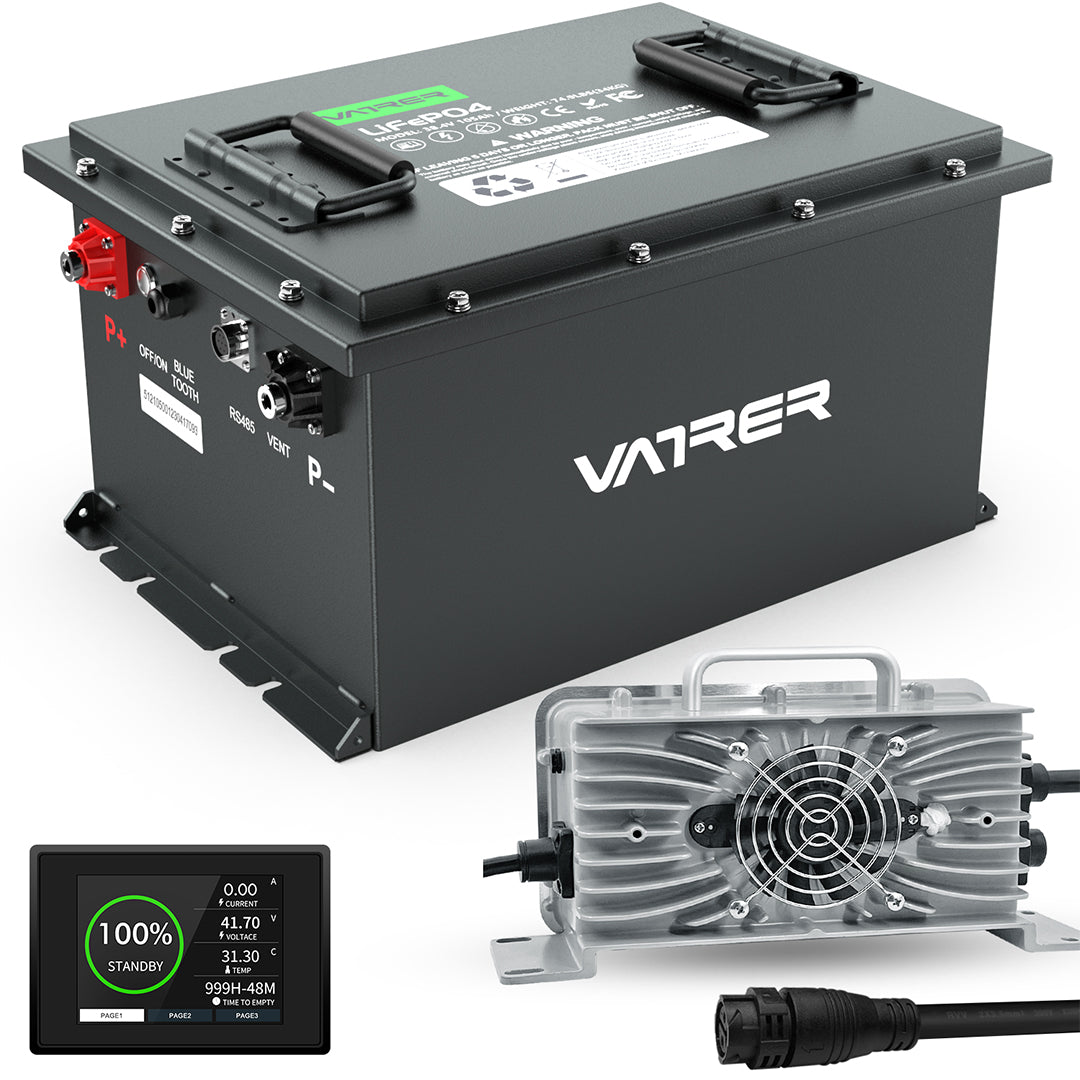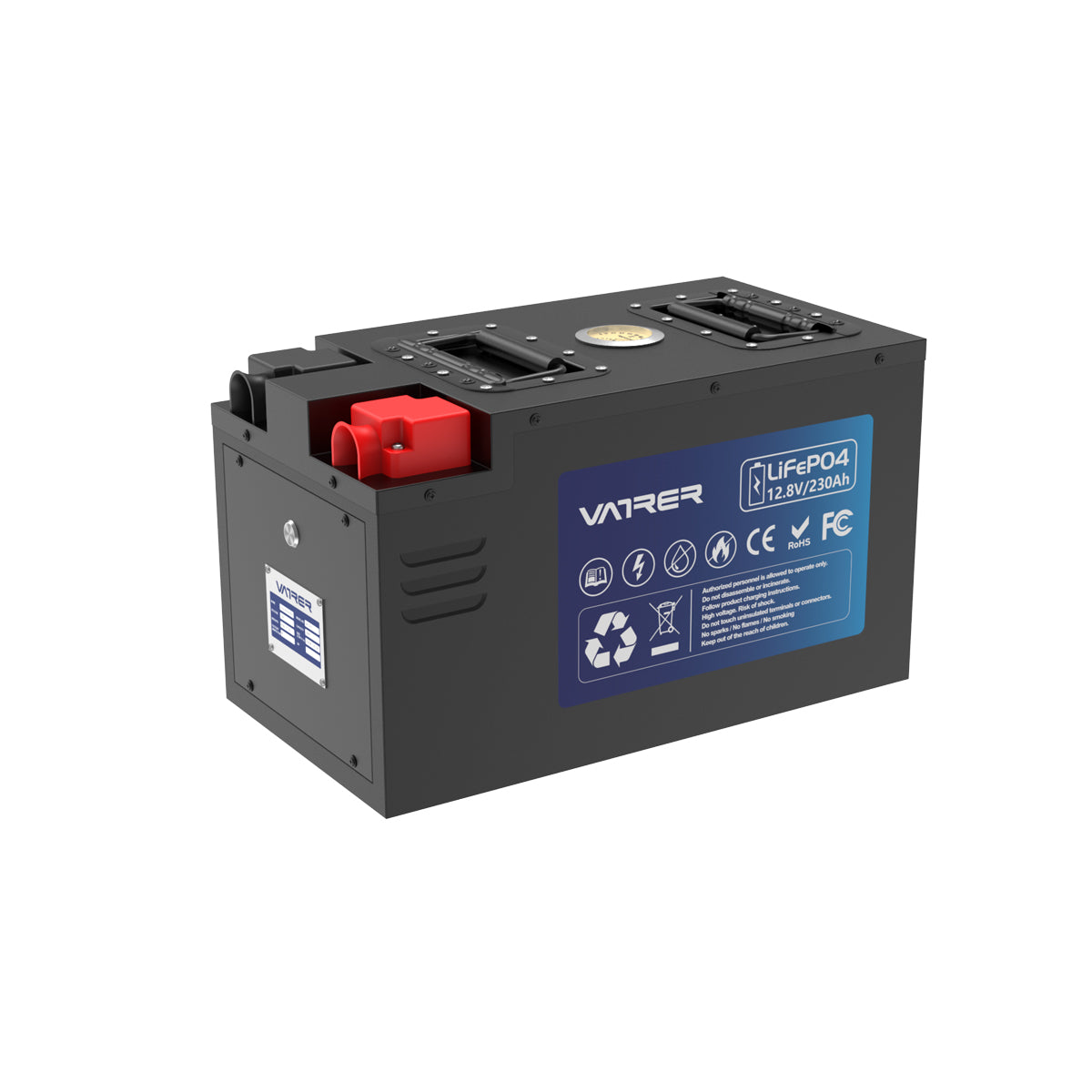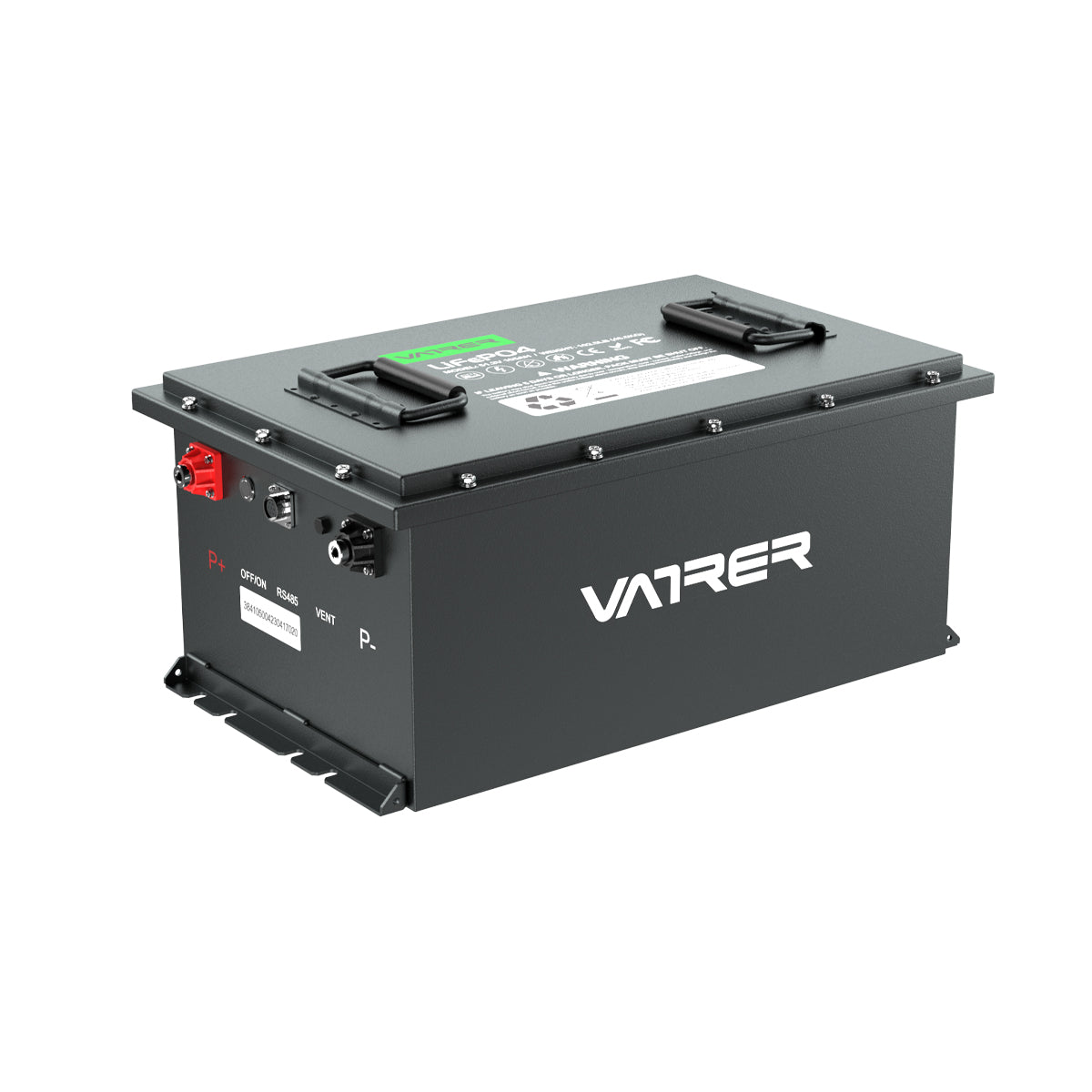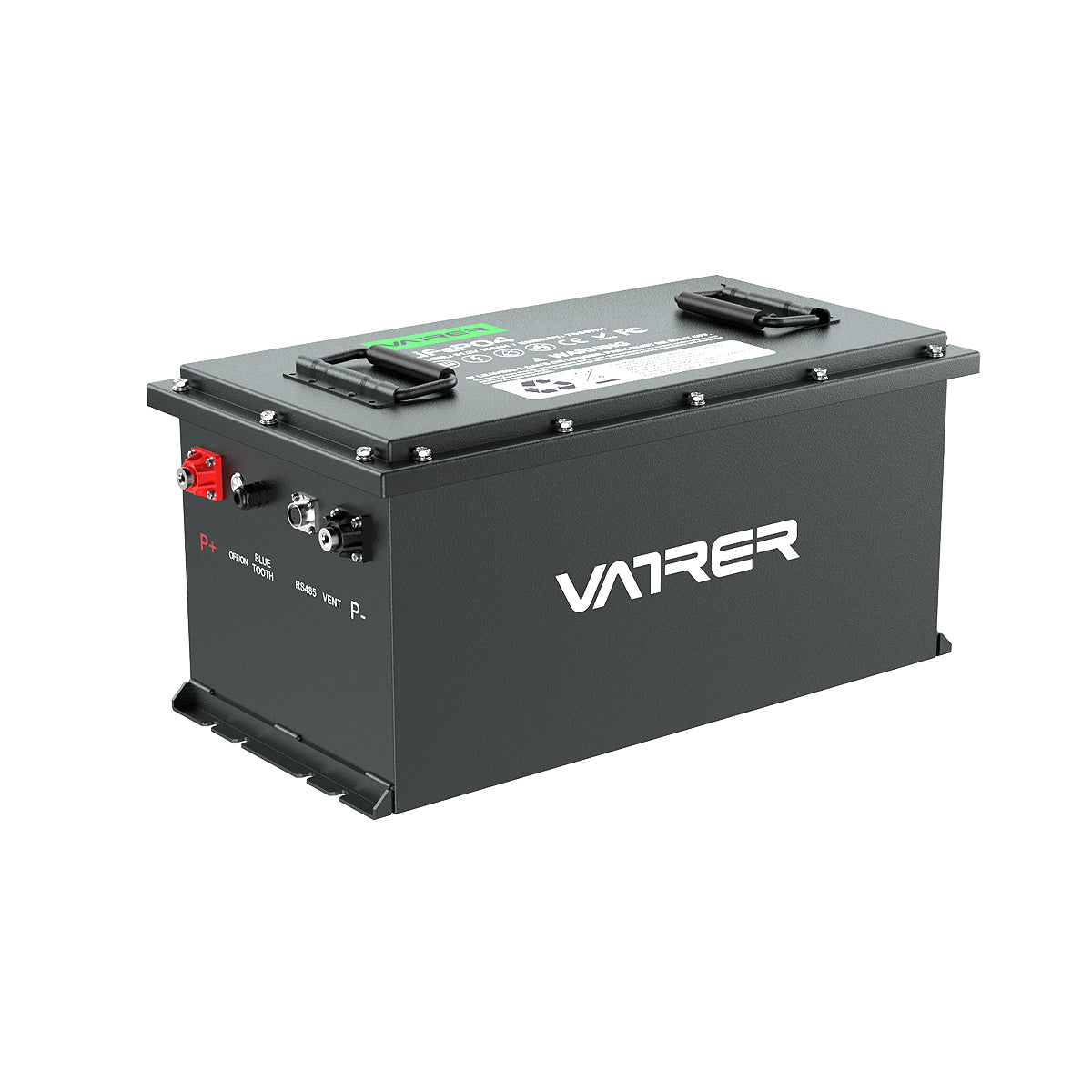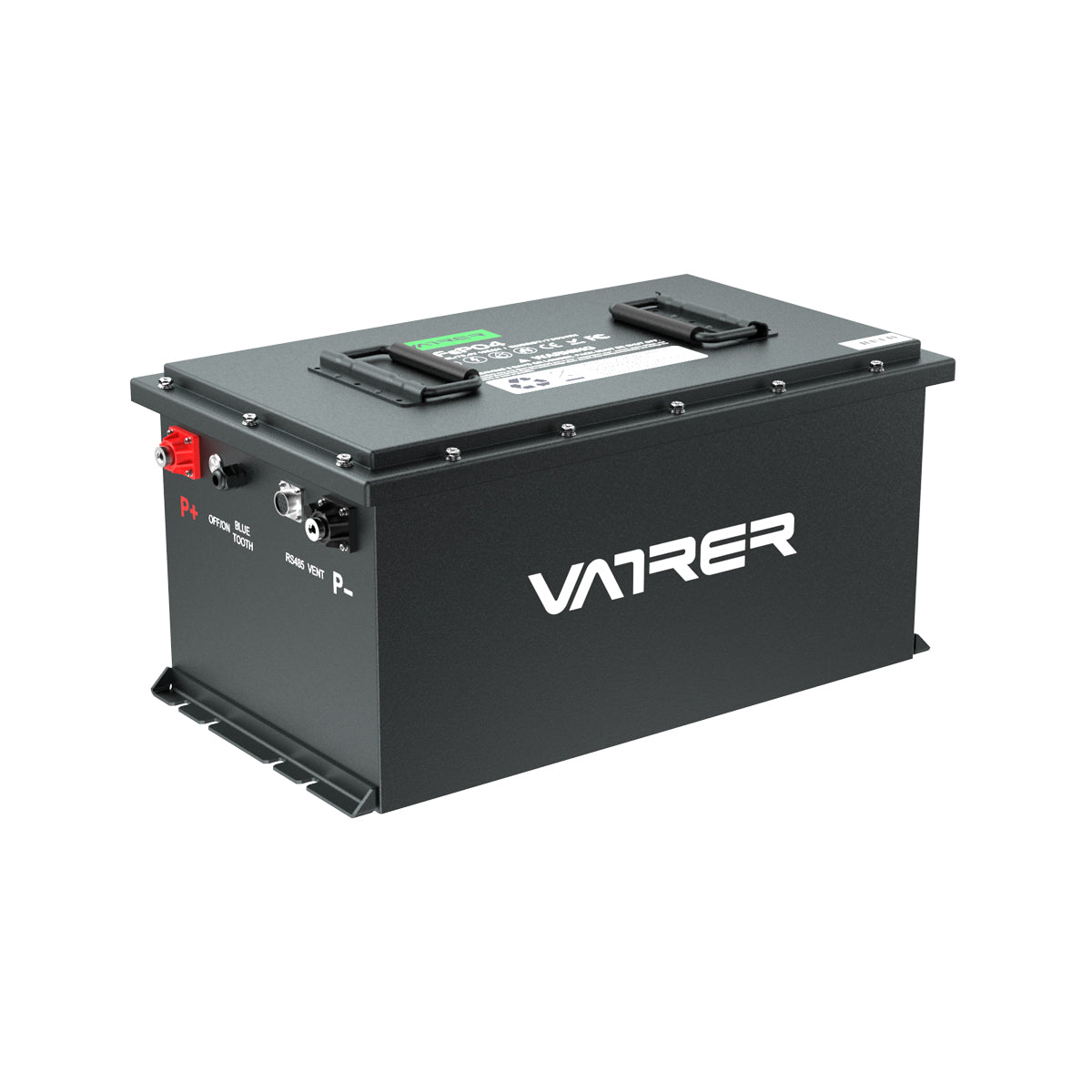In the world of electrical engineering, a busbar is an essential component, yet it often goes unnoticed by those outside of the field. A busbar is a strip or bar of copper, brass, or aluminum that conducts electricity within a switchboard, distribution board, substation, battery bank, or other electrical apparatus. Its primary purpose is to conduct a substantial current of electricity and distribute power efficiently. This blog post will delve into the uses of busbars, how they contribute to electrical systems, and why they are preferred over cables in certain scenarios.

1. Power Distribution
The primary function of a busbar is to distribute power. In electrical panels, busbars are used to distribute power to the outgoing feeders. By consolidating conductors into a single bar, busbars help to streamline the design of power distribution systems and make them more organized. This compact form of power distribution is not only efficient but also enhances the safety and accessibility of electrical systems.
2. Reducing System Impedance
Busbars are designed to have lower impedance compared to traditional wiring. This reduction in impedance helps in minimizing the voltage drop across the distribution path. This capability is crucial in operations that require high currents over short distances, ensuring that the maximum possible voltage is available at the end-use point.
3. Flexibility in Design
Busbars offer a high degree of flexibility in terms of design and modification. Unlike cables, which can be bulky and require significant space and insulation, busbars can be adapted and shaped according to the spatial constraints of electrical equipment. This adaptability makes them particularly useful in industrial applications where space optimization is key.
4. Enhanced Safety
Busbars are generally safer than cables because they are more robust and resistant to physical damage. Additionally, their design allows for better heat dissipation. As busbars are typically exposed and not hidden within insulation, it's easier to identify and rectify faults. This accessibility not only enhances safety but also simplifies maintenance and inspections.
5. Cost-Effectiveness
While the initial cost of a busbar system might be higher than using cables, the overall lifecycle cost is often lower. Busbars require less maintenance, have a longer lifespan, and can be modified or upgraded with relative ease compared to cable systems. Additionally, their efficiency in conducting electricity can lead to energy savings, offsetting the initial installation cost over time.
6. Aesthetic and Compact Installation
In modern architectural and electronics applications, where aesthetics can be as important as functionality, busbars provide a neat and compact way of distributing power. Their streamlined appearance is preferable in settings such as commercial buildings and data centers, where visible wiring can be unsightly.
Conclusion
Busbars play a critical role in the efficient, safe, and effective distribution of electrical power. Their ability to reduce system impedance, alongside their flexibility, safety, and cost-effectiveness, makes them an indispensable component in both commercial and industrial settings. As technology advances and demands for more efficient power distribution grow, the importance of busbars is likely to increase, highlighting their role as a backbone in modern electrical infrastructure systems. Whether in a tiny electronic device or a massive power station, the busbar is a fundamental element that helps power our world.





